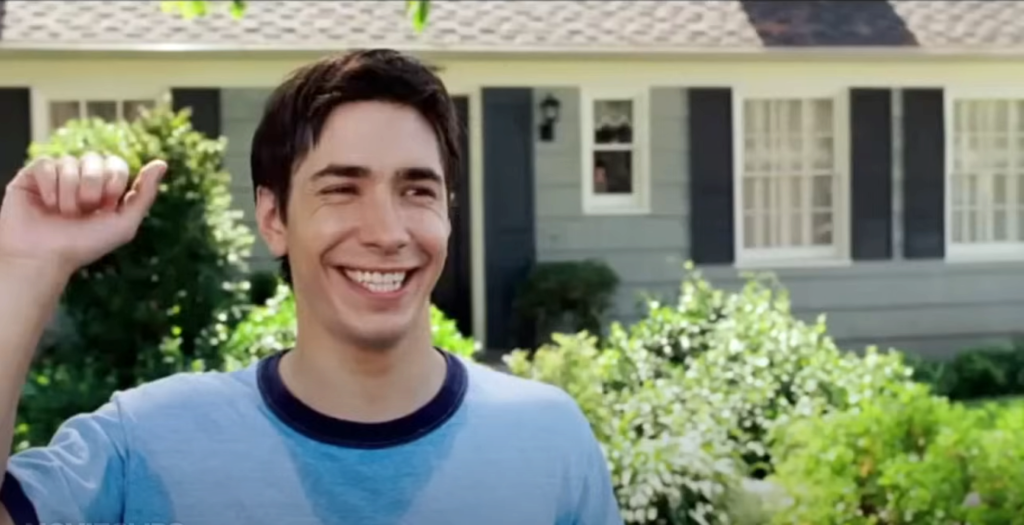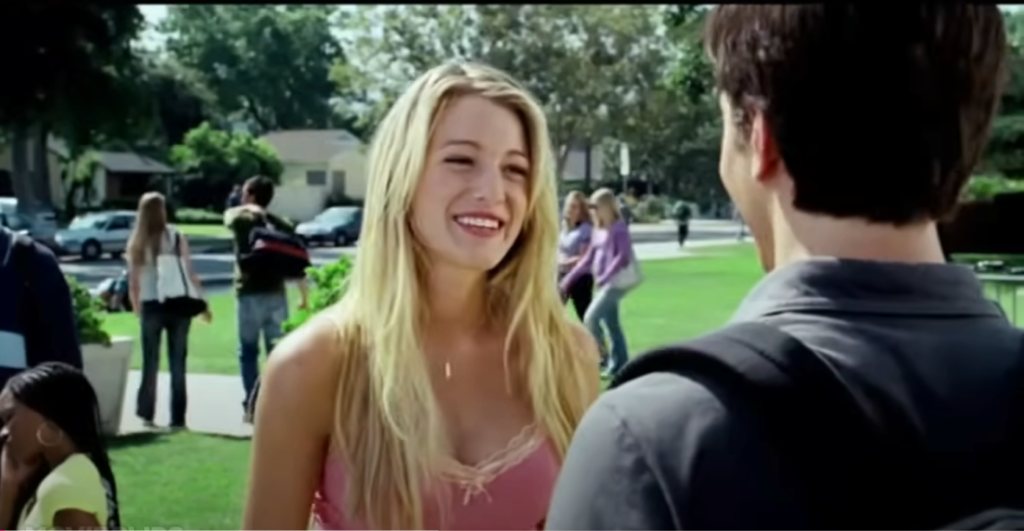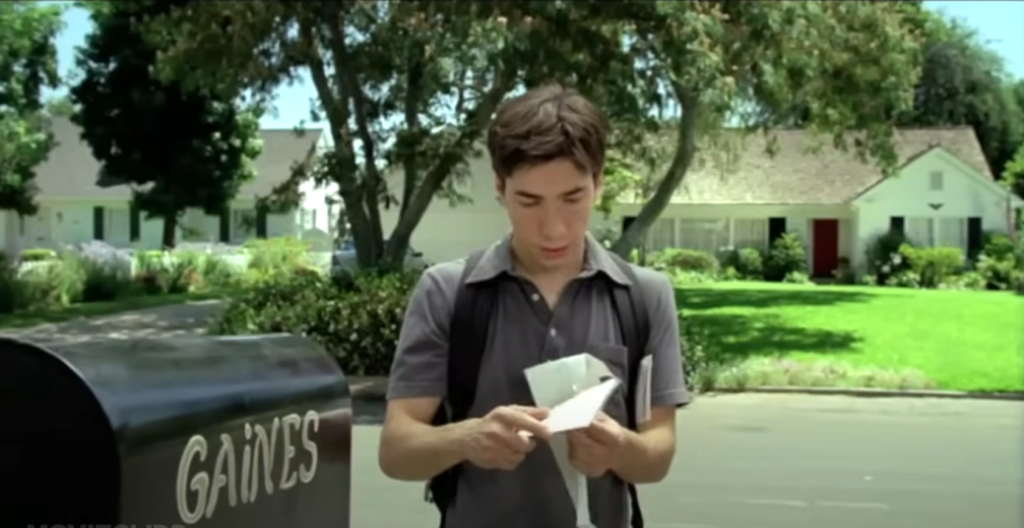A Journey into Middle-Earth’s Visual Splendor
The Lord of the Rings trilogy revolutionized modern filmmaking by combining cutting-edge CGI with traditional practical effects to create the visually stunning and immersive world of Middle-Earth. While digital effects often take the spotlight, it was the extensive use of meticulously crafted miniatures, or “big-atures,” that provided the backbone for many of the film’s most iconic settings. These massive models, built with incredible attention to detail, were essential in giving Tolkien’s world a tangible sense of scale and authenticity.
From the towering city of Minas Tirith to the dark fortress of Barad-dûr, miniatures played a crucial role in crafting the epic landscapes that define Middle-Earth. What made The Lord of the Rings truly groundbreaking was the seamless blending of these practical effects with CGI, creating environments that felt both real and fantastical. This article explores how the craftsmanship behind these miniatures was vital to bringing the story’s epic scope to life, offering insights into the process that transformed these models into the fully realized world we see on screen.
Crafting a World: The Role of Miniatures in LOTR
In The Lord of the Rings, miniatures were used to construct some of the trilogy’s most unforgettable locations, such as Minas Tirith, Helm’s Deep, and Isengard. These detailed models allowed the filmmakers to capture dynamic, sweeping shots that would have been impossible with full-scale sets or solely relying on CGI. Miniatures provided the perfect blend of physicality and flexibility, enabling the camera to move through these vast landscapes as though they were real, lived-in places.
For instance, the model of Minas Tirith stood nearly seven meters tall and allowed for close-up shots that gave the city an incredible sense of grandeur. Helm’s Deep, another iconic location, was painstakingly detailed, right down to the crumbling stonework, creating an environment that felt authentic and worn by time. The use of miniatures not only added depth and dimension to the film but also ensured that these environments were visually cohesive, blending seamlessly with the actors’ performances and digital elements.
What sets the use of miniatures in LOTR apart is the craftsmanship behind them. Artists and model-makers worked tirelessly to create locations that would feel just as real as the characters who inhabited them. This attention to detail helped make Middle-Earth not just a fantasy setting, but a place that felt tangible, where audiences could fully immerse themselves.
Big-atures: Building Middle-Earth at Scale
When crafting the larger-than-life structures of Middle-Earth, filmmakers took the concept of miniatures to the next level, creating “big-atures” — oversized models that enabled the team to achieve an even greater sense of scale and realism. These big-atures were instrumental in bringing to life colossal structures like Barad-dûr, Saruman’s tower of Orthanc, and the Black Gate of Mordor.
The towering presence of Barad-dûr, for example, was constructed as a detailed miniature standing over 15 feet high, allowing the filmmakers to capture the menacing shadow it cast over the land. The Black Gate was another model built at a massive scale, providing a tangible sense of weight and grandeur when its enormous doors swung open in the film. The level of precision required for these big-atures was astonishing, as they had to appear completely real when viewed through the lens of a camera. Every crack in the stone and every piece of ironwork was meticulously crafted to ensure they looked imposing on screen.
Behind the scenes, teams of model-makers and cinematographers worked closely to ensure that the big-atures could be filmed as dynamically as possible. These models were shot with state-of-the-art motion control cameras, allowing for sweeping, dramatic movements that enhanced the epic scope of the film. By building big-atures, the filmmakers not only achieved a heightened sense of realism but also ensured that Middle-Earth felt larger than life—an essential element in capturing the grandeur of Tolkien’s vision.
Seamless Blending: Marrying Miniatures with CGI
One of the most remarkable achievements of The Lord of the Rings trilogy is how seamlessly practical effects were integrated with CGI, creating a visual landscape where it was nearly impossible to tell where one ended and the other began. The filmmakers mastered the art of blending physical miniatures with digital enhancements, making Middle-Earth feel both vast and intricately real.
For example, the Battle of Helm’s Deep is an epic set piece where the fortress was a carefully crafted miniature, enhanced with CGI for sweeping shots of armies clashing and for moments of destruction. The detailed model gave weight and texture to the fortress, while digital effects amplified the action, creating a thrilling and immersive experience. Similarly, the serene beauty of Rivendell combined intricate physical models of its architecture with CGI-enhanced landscapes, making the elf haven feel both otherworldly and grounded.
The key to this seamless blend was digital compositing, where multiple layers of physical and digital elements were meticulously merged into a single shot. This technique allowed the filmmakers to use miniatures for their texture and realism while employing CGI for dynamic elements like moving characters, water, or distant landscapes. The result was a cohesive visual experience where the audience was fully transported into the world of Middle-Earth, without ever feeling the distinction between practical and digital.
The Tangible Magic: Why Practical Effects Still Matter
In an era dominated by CGI-heavy blockbusters, The Lord of the Rings trilogy stands as a testament to the enduring appeal of practical effects. While CGI allows for limitless possibilities, there’s a tangible magic that comes with practical effects like miniatures that still resonates deeply with audiences. The tactile nature of these models lends a sense of physicality and realism that pure digital effects often struggle to achieve.
The miniatures used in The Lord of the Rings were crafted with an obsessive level of detail, from the crumbling stone of Helm’s Deep to the spires of Minas Tirith. This attention to physical craftsmanship gave these locations a lived-in quality, as if they had stood for centuries before the events of the film. The fact that these were real, physical objects that could be lit, filmed, and touched added an authenticity that enhanced the immersion for viewers.
Moreover, practical effects have an emotional impact that CGI often lacks. When audiences see a physical object on screen, even subconsciously, they recognize its reality. This recognition creates a stronger emotional connection to the scene. It’s why the battle scenes in The Lord of the Rings feel so visceral—there’s a physical presence to the world that pulls viewers in and makes the stakes feel real. Practical effects don’t just contribute to the visual spectacle; they anchor the film in something that feels tangible and emotionally resonant.
Influence and Legacy: How LOTR Redefined Filmmaking Techniques
Peter Jackson’s use of miniatures in The Lord of the Rings trilogy didn’t just create a visually stunning film series—it redefined the way filmmakers approached world-building and special effects in modern cinema. By blending practical miniatures with cutting-edge CGI, Jackson set a new standard for epic filmmaking that has influenced countless films since.
Films like Harry Potter and the Goblet of Fire and The Dark Knight adopted similar approaches, using miniatures for detailed physical environments and combining them with digital effects to create expansive, dynamic scenes. The Chronicles of Narnia series also took inspiration from Jackson’s work, using miniatures to bring the grand castles and landscapes of Narnia to life.
The legacy of The Lord of the Rings goes beyond the technical achievements—it showed filmmakers the value of combining the old-school craft of practical effects with the limitless potential of digital technology. Jackson’s work paved the way for a resurgence of practical effects in modern cinema, reminding filmmakers that even in the age of CGI, there’s still a place for the tangible magic of physical models.
This blending of techniques has had a lasting impact on the film industry, setting a benchmark for world-building in cinema. The trilogy’s success not only made Middle-Earth one of the most visually iconic settings in film history but also established a new blueprint for filmmakers looking to create expansive, immersive worlds that feel real and lived-in.
The Enduring Magic of Middle-Earth’s Miniatures
The miniatures of The Lord of the Rings trilogy played a crucial role in bringing the epic world of Middle-Earth to life, offering a level of detail, texture, and realism that set the films apart. Blended seamlessly with CGI, these practical effects helped create a visual masterpiece that continues to inspire filmmakers today.
As the legacy of The Lord of the Rings endures, its use of miniatures serves as a reminder of the importance of practical effects in creating immersive, emotionally resonant cinema. By marrying traditional craftsmanship with digital innovation, the trilogy stands as a shining example of how visual effects can elevate storytelling, making Middle-Earth one of the most unforgettable worlds ever brought to the screen.



